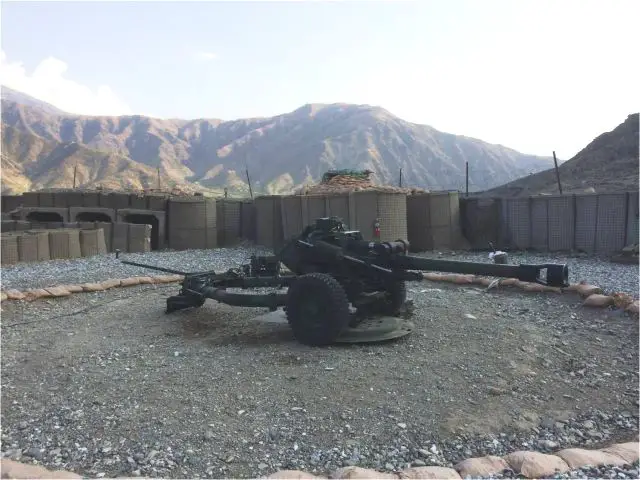|
|
|||
|
Military Defense Industry Technology - M119A3 howitzer
|
|||
|
|
|||
| ARDEC engineers have redesigned the recoil system on the M119A3 105mm towed howitzer. | |||
|
After a year of re-designing the recoil system on the M119A3 105mm Howitzer, Picatinny engineers have made the howitzer safer, simpler and more reliable while also reducing the cost of the recoil system. The M119A3 Howitzer is a lightweight, direct and indirect fire support asset used by the U.S. Army and National Guard’s infantry brigade combat teams.
|
|||
|
|
|||
 U.S. Army M119A3 105mm towed howiter was deployed in Afghanistan U.S. Army M119A3 105mm towed howiter was deployed in Afghanistan |
|||
|
|
|||
|
Since 1976, the howitzer has been used by the British Army, where it was designed and is currently known as the L118 105 mm howitzer. It has been part of the U.S. Army throughout the past 3 years and its predecessors, the M119, M119A1 and M119A2, played significant roles in Operations Enduring Freedom and Iraqi Freedom. However, issues with the howitzer’s recoil system have resulted in reliability, maintainability, and manufacturing problems. Some issues include weapon stability, seal leakage, warfighter safety, and complexity of manufacturing weapon components. The weapon system is managed by the Project Manager for Towed Artillery Systems, PM TAS, within the Program Executive Office Ammunition at Picatinny Arsenal. Engineering support for the modified recoil system was provided by the U.S. Army Armament Research, Development and Engineering Center, or ARDEC, also at Picatinny. But, in the legacy recoil system, the buffer and recuperator were hydraulically tied together (meaning they were jointly operated by a fluid) and hence there was frequent seal or oil leakage. This caused additional maintenance and premature wear of the system’s metal parts. To resolve this issue, ARDEC engineers disconnected the two parts, so that they function as independent systems and reduced the gas pressure. They also replaced the working hydraulic fluid with a silicon brake fluid and added an external fluid replenisher onto the system. Silicon brake fluid is used in the howitzer’s brakes. The addition of the brake fluid in the recuperator and buffer means that there is now an established commonality throughout the weapon system. |
|||














